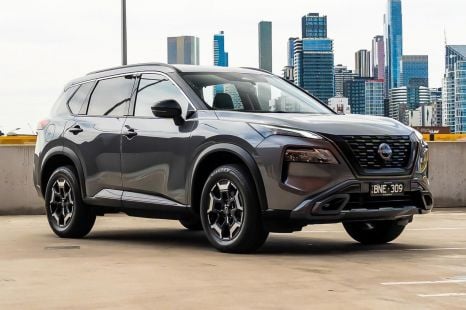

William Stopford
2026 Nissan X-Trail review
4 Hours Ago

News Editor
It’s been a long road for Mazda in Australia.
We’re a key market for the automaker, which enjoys an outsized role here as one of Australia’s favourite car brands.
The first Mazdas were imported into Australia in 1959, and by the late 1960s Mazda was selling over 10,000 vehicles a year. Sales ebbed and flowed over the years before really hitting their stride in the new century, with the little boy’s whispering of “zoom-zoom” to the camera coinciding with a meteoric rise in sales.
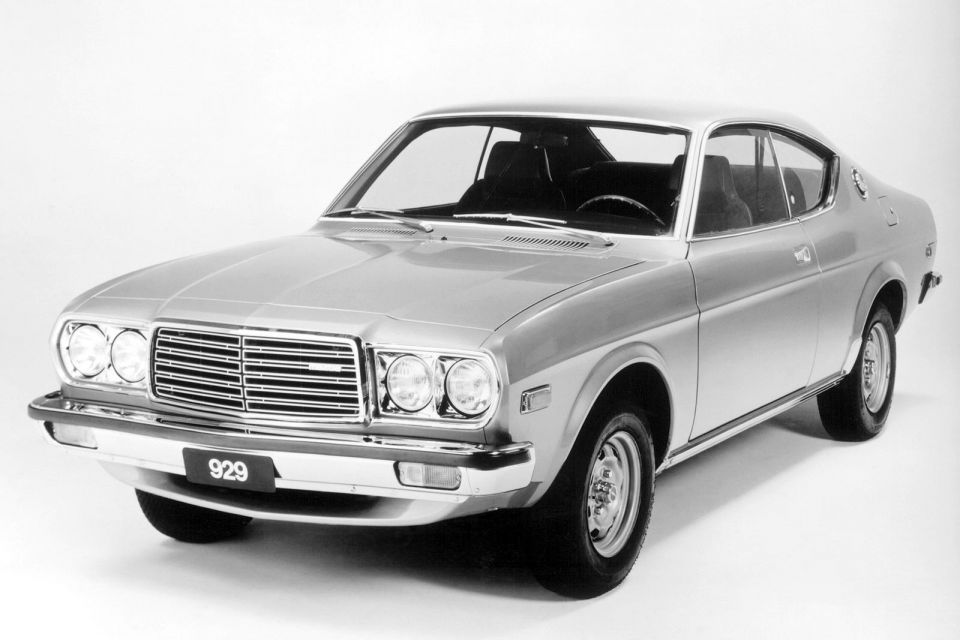
Today, Mazda is embarking on a new premium push with a range of SUVs with inline six-cylinder and plug-in hybrid powertrains and a brand new architecture.
It’s a very different time from the 1970s, when Mazda was putting a rotary engine in essentially anything. Or the 1980s, where Mazda was embracing turbocharging, front-wheel drive, and four-wheel steering.
Both decades are full of hits from the brand, like the 323 and 626. Not every Mazda was destined for huge sales numbers, however, so we’ve put together a list of vehicles you may have forgotten about.

As we do in this series, we’re looking only at vehicles sold in the Australian market – we’ll leave juicy JDM stuff like the Autozam Clef and Efini MS-8 for another time.
The original Mazda Cosmo was a fairly low-volume flagship for the brand, with breathtaking styling and the brand’s first rotary engine.
It was produced from 1967 to 1972, and by the mid-1970s rotary engines had proliferated throughout Mazda’s line-up. By 1974, Mazda had built its 600,000th rotary engine.
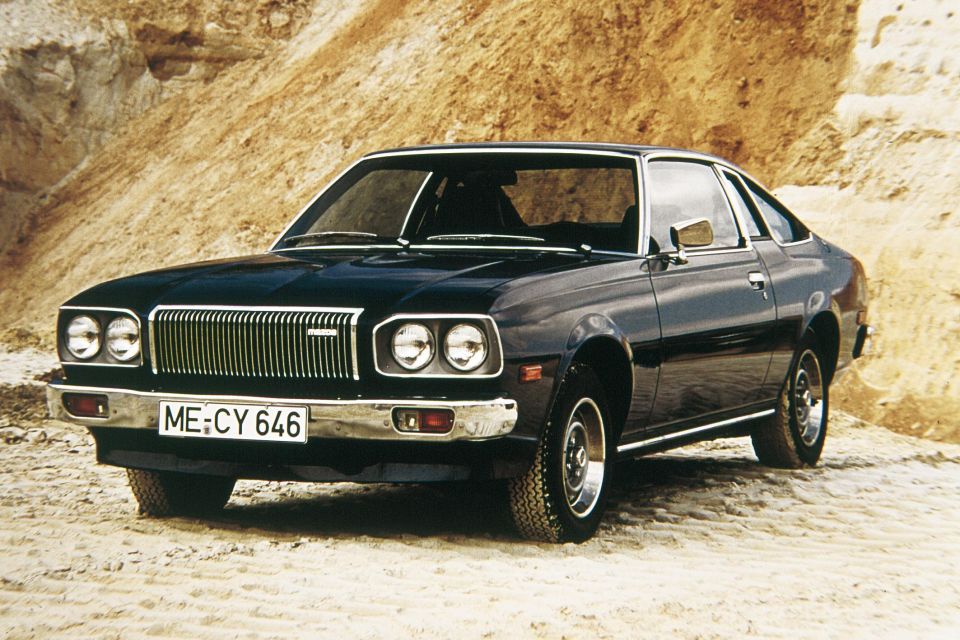
The company was so committed to the Wankel rotary engine, it put it in everything from small wagons to utes, buses, and even a special Holden Kingswood-based model for the Japanese market. The engine seemed just the ticket for Mazda to meet more stringent emissions standards in the US market, but they were proving to not be the efficient powertrain the market was looking for in a decade of fuel crises.
Citroen and NSU had been burnt by their rotary engines, while General Motors scuttled its rotary engine development program. That left Mazda to go it alone in this space, even as sales of its rotary-powered cars sunk in markets like the US following the 1973 oil crisis.
Indeed, global production of the rotary Capella/RX-2 fell from 54,962 units in 1973 to just 7655 in 1974, while the Savanna/RX-3 fell from 105,819 units to 29,678 units.
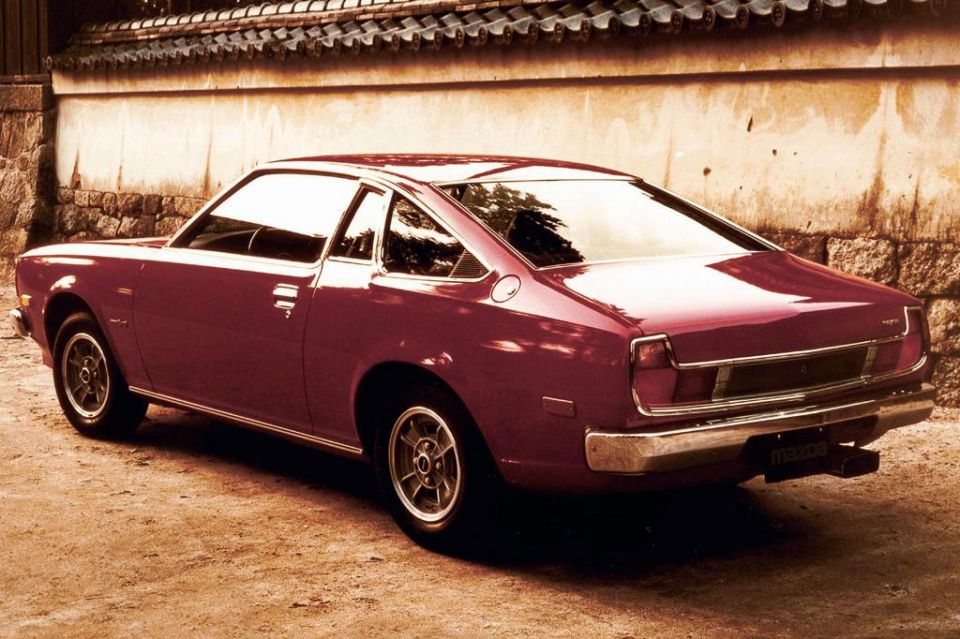
Australian buyers also cooled on the rotary, and by 1977 just one in 40 Mazdas sold locally had a rotary engine.
Despite this, Mazda decided to dust off the Cosmo name after its short leave of absence, though for the Australian market the reborn Cosmo was known as the RX-5. It arrived here in 1976 alongside the related 121, priced at $8124.
The RX-5 was closely related to the RX-4 but featured a new rotary engine with improved sealing, retuned intake port timing, a reconfigured combustion chamber, and a better insulated thermal reactor. Mazda said it had 40 per cent better practical fuel economy.
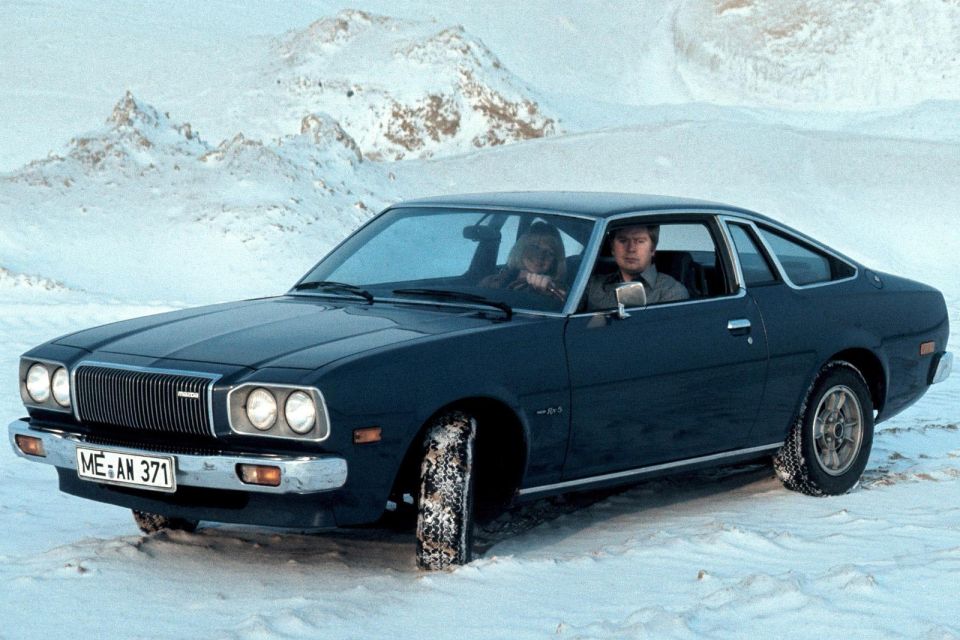
Indeed, there was a strong emphasis on achieving better fuel economy, as well as emissions, from the thirsty, rev-hungry rotary. High gearing and emissions controls conspired to sap some of the fun from the rev-hungry twin-rotor engine, though the RX-5 did come with Mazda’s first five-speed manual transmission.
Though it came with four-wheel disc brakes, still rare in Japan, it continued to use recirculating ball steering. Down back, the RX-5 featured a live rear axle with four links and a Panhard rod with coil springs.
The two-rotor 13B engine, featuring a four-barrel carburettor, punched out 101kW of power and 186Nm of torque. In addition to a five-speed manual, there was also a three-speed automatic from JATCO.

That engine had to haul around plenty of car, with the new flagship being not only longer and wider than the RX-4, but also around 30 per cent heavier.
The styling was relatively clean, apart from a handful of fussy elements. Instead of a conventional B-pillar, there was a small window that could be rolled down. The hockey stick tail lights were also strongly reminiscent of those of the Hillman Avenger, while the chrome waterfall grille and the available rear luggage rack were very American touches.
Indeed, the RX-5 had been developed with the American market in mind, but it proved to be a flop there. The American styling touches just made it look more like similarly sized but much cheaper domestic cars there, and buyers had soured on rotaries.

“It’s as though the top people at Toyo Kogyo, Mazda’s parent company in Japan, are trying to design a car they think Americans will like rather than building a car they like and selling it in America,” read a particularly pithy review from US publication Road & Track.
Perhaps surprisingly, it proved a hit in Japan. Over 50,000 Cosmo APs (“Anti-Pollution”) were sold there in its first year alone, unusual for a brand that didn’t have much of a track record building quasi-premium products like this. That rotary engine that had sabotaged the Cosmo/RX-5 in the US came in handy in Japan as under the country’s regulations, smaller displacement engines were taxed less.
The Mazda 121 name for most people conjures up memories of the bubbly little sedan of the 1990s, or its tallboy hatchback predecessor and successor. Before all of these, however, there was the original 121.
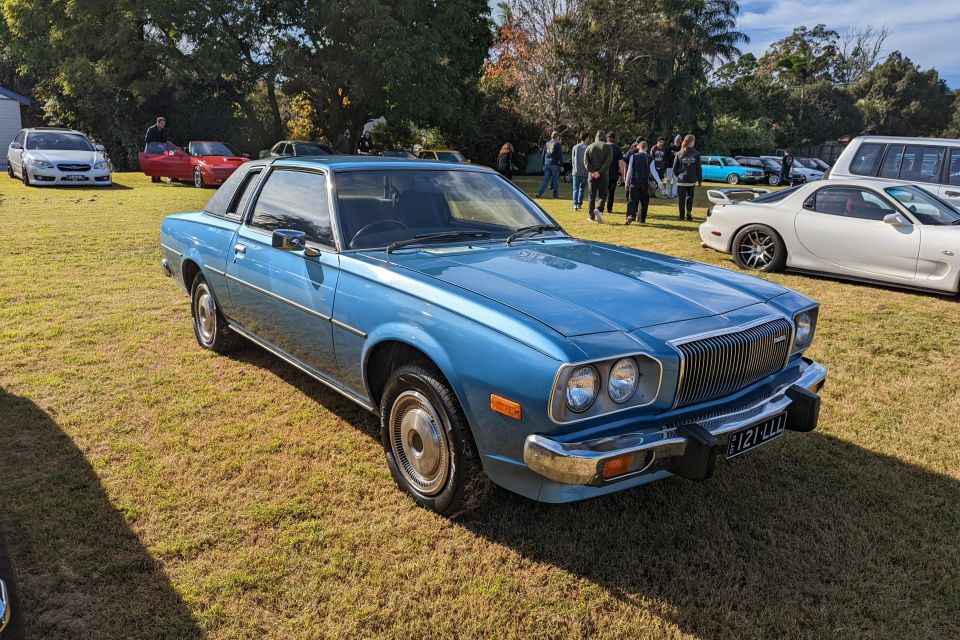
Instead of sitting at the bottom of Mazda’s line-up, it sat around the top. It was introduced in 1976 as a two-door fastback coupe, and was simply a piston-powered version of the RX-5/Cosmo.
It’s unclear why Mazda went with the 121 nameplate, considering it had introduced a similarly sized model called the 929 in 1973.
The 121 was a fail-safe car of sorts, swapping out the thirsty Wankel of the RX-5 for a more conventional single overhead-cam 2.0-litre four-cylinder engine with a two-barrel carburettor.
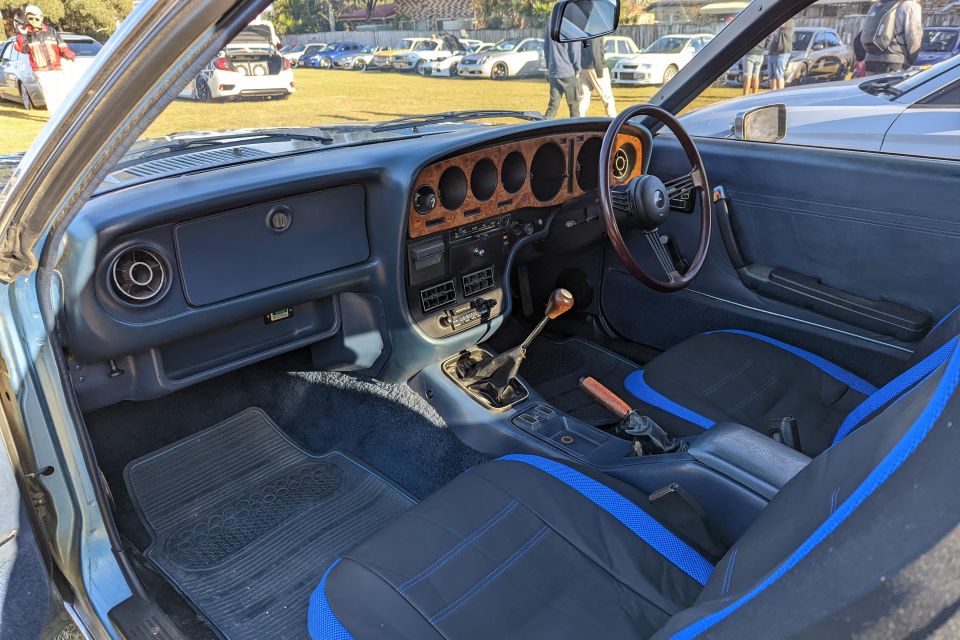
Borrowed from the 929, this engine produced 82kW and 155Nm and was mated with either a five-speed manual or three-speed automatic. It also weighed slightly (65kg) less, but otherwise was mechanically identical to the RX-5.
Contemporary reviews were critical of the lacklustre powertrain, noisy suspension and poor ride quality. While the 121 had an attractive, well-appointed interior with niceties like reclining bucket seats and a cassette player, the price tag made it a tough sell.
It was over $1500 cheaper than an RX-5, but several hundred dollars more than a 929. Its price tag also put it up against Japanese rivals like the Datsun 240K and Toyota Mark II hardtops, as well as the Ford Falcon Hardtop and Chrysler Valiant Charger.

In 1977, Mazda introduced the 121L in Japan, with an Australian launch following in 1978. It featured a conservative two-door notchback coupe body style, with styling even more American than the fastback’s, as well as a 64kW/160Nm atmo 2.0-litre four.
The overtly American styling makes it rather surprising it was never offered in that market, much like the 929L of the same era which could have passed for a shrunken Plymouth Fury. Considering the 121L bore more than a passing resemblance to a Chevrolet Monza Towne Coupe, an economy car, but was ostensibly Mazda’s flagship, that may have been a wise choice.
The L even stood for Landau, a name used by various American brands, typically to signify a specific type of vinyl roof treatment or a vehicle with said vinyl roof.
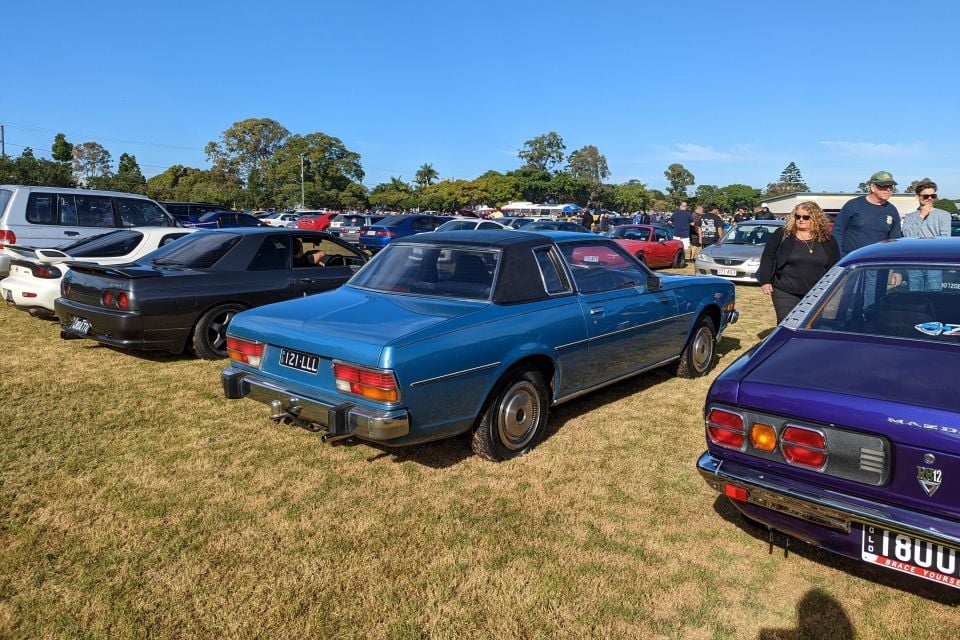
Mazda Australia priced the 121L above the more powerful RX-5, which meant it was over 30 per cent more expensive than a 929 hardtop.
The 121L proved unsuccessful in Australia, with Mazda’s local arm opting not to introduce a facelifted model revealed in Japan in 1979 that brought a new grille, headlights, instruments, seats and revised suspension. Production of the entire Cosmo line ended in 1981 as Mazda ushered in a new HB series model.
In the early 1980s, following two successive fuel crises, markets like Europe and even the United States were increasingly looking to diesel-powered passenger cars for their superior fuel economy.
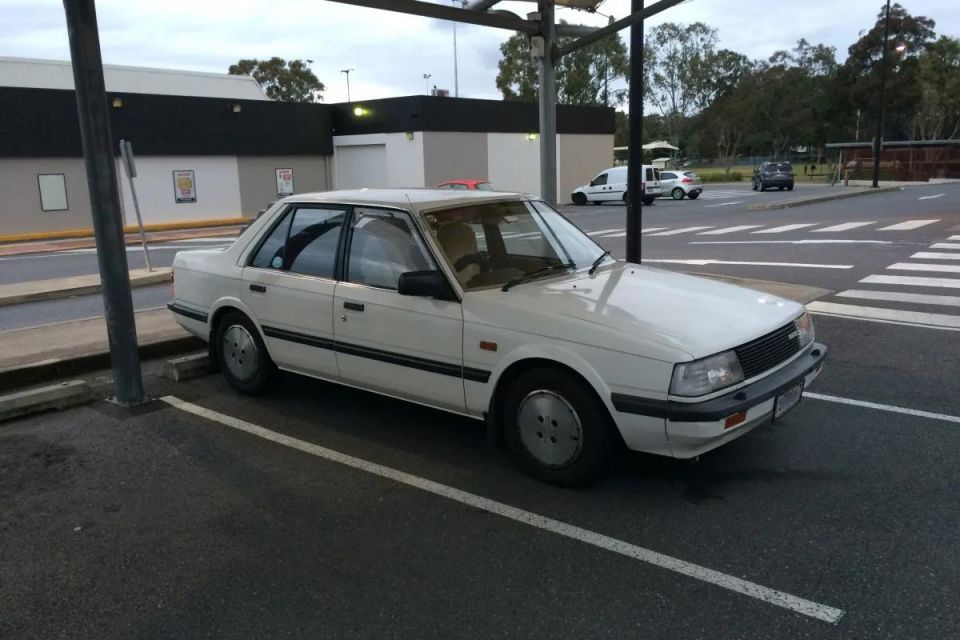
In Australia, petrol prices had spiked… but diesels never really took hold in the passenger car market. They remained largely the exclusive domain of European brands – Volkswagen offered a diesel Golf and Passat, while Mercedes-Benz and Peugeot also fielded diesels.
Outside of the Euros, there were only two diesel passenger cars in Australia in the 1980s: the Holden Gemini and the Mazda 626.
Mazda’s choice to bring the diesel 626 here in 1984 was unusual, given diesel versions of the Toyota Camry and Corona and Nissan Bluebird weren’t sold here.
The first front-drive 626 had been introduced to universal critical acclaim, and offered sedan, hatchback and coupe body styles, all with four-wheel independent suspension and four-cylinder engines.
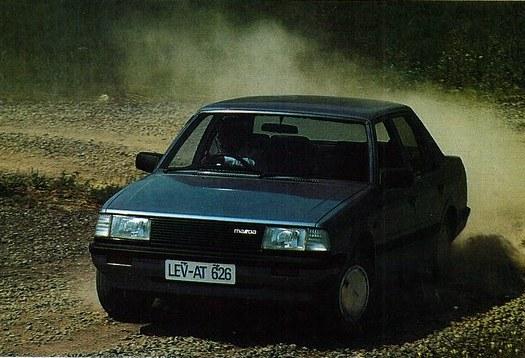
The diesel was introduced late in 1983 in a single Deluxe sedan trim, with the naturally aspirated, fuel-injected 2.0-litre four-cylinder engine producing 53.7kW of power at 4650rpm and 135Nm of torque at 2750rpm. It was mated exclusively with a five-speed manual transmission and was priced at $13,080, or $1205 more than the carburetted petrol Deluxe manual sedan.
All that distinguished it from a petrol sedan was a small 2.0D badge… and that clatter coming from under the bonnet. It was thriftier than the petrol 626, naturally, but it was demonstrably slower – Wheels clocked its 0-100km/h time at 18.2 seconds, but also recorded overall fuel consumption of 6.13L/100km.
A facelifted 626 arrived in 1985, with the sedan getting the “long-nose” front of the hatchback. But the diesel was quietly retired, and Mazda wouldn’t offer another mid-sized diesel passenger car until the 6 in 2006.
With the HB series of 1981, the familiar 929 nameplate continued to be used in Australia on imported Luce and Cosmo models, with a choice of four-door sedan, two-door coupe and four-door “hardtop” sedan body styles – the latter was marketed as a hardtop, but it had a B-pillar.
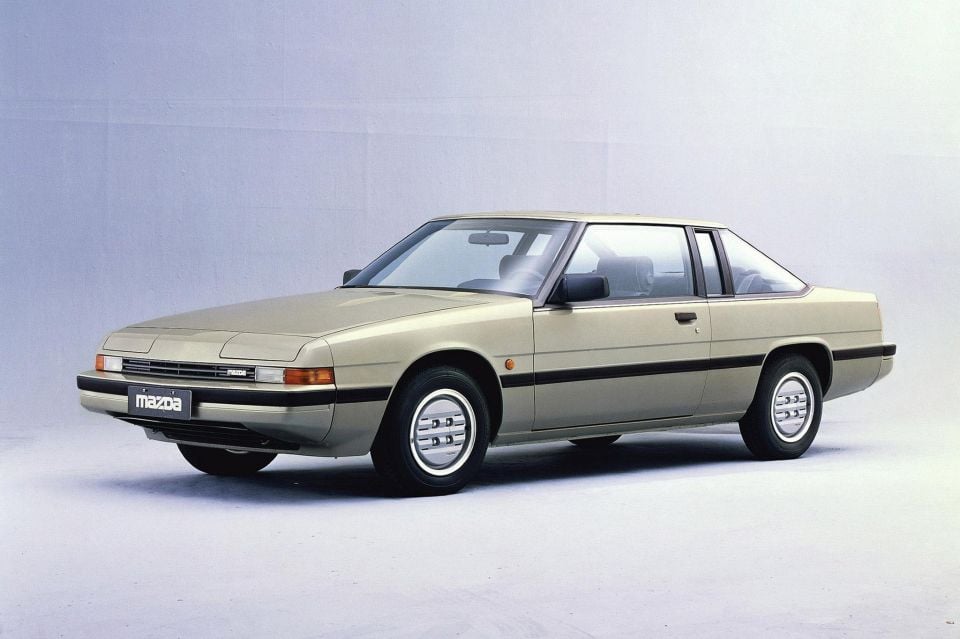
Styling is subjective, but the HB 929 was arguably one of the best-looking Japanese cars of the 1980s. The coupe with its pop-up headlights was particularly striking, and a dramatic departure from the previous generation, which continued to be sold alongside the new range in wagon guise.
The styling wasn’t just an affectation either, with aerodynamics genuinely improved – the regular sedan had a cD of 0.39, while the coupe had a laudable figure of 0.32.
Mazda was following a different path to larger Nissan and Toyota. While more dashing upscale models like the Nissan Leopard and Toyota Soarer were offered in the Japanese market, those brands stuck with more traditionally styled vehicles in Australia like the competent yet conservative Toyota Cressida and the frumpy Toyota Crown and Nissan 280C/300C.
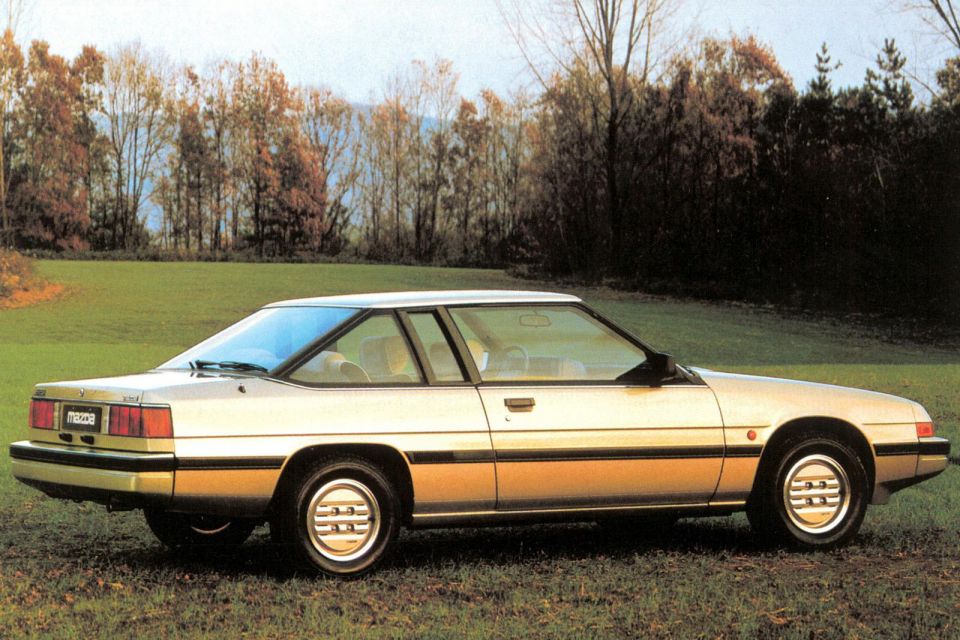
More exciting styling was welcome, but unfortunately Mazda’s chosen path wasn’t the smoothest. It didn’t offer a six-cylinder engine in any market, despite this being virtually a prerequisite in the 929’s segment. Instead, Japanese-market buyers were offered the option of a rotary engine.
The old RX-5 had proved a success in Japan as the Cosmo, where its small-displacement engine allowed for it to be taxed less by the authorities than its six-cylinder rivals.
It therefore made sense for Mazda to continue to offer the Wankel, even if the RX-5 had proved less popular in other markets.
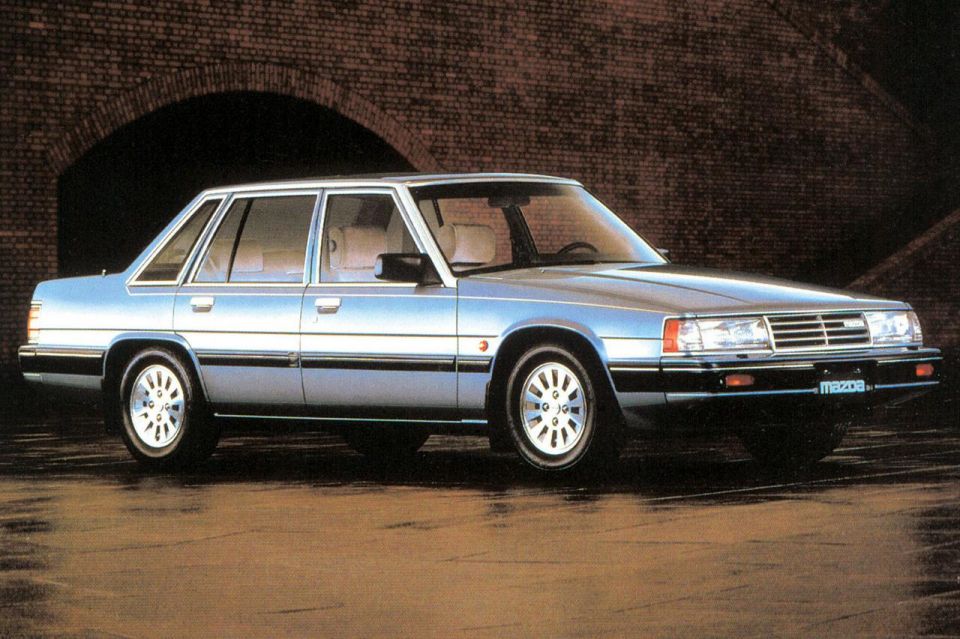
With the HB Luce/Cosmo following its LA4 predecessor in not being sold in the US – larger Japanese cars weren’t always successful there in the early 1980s, as buyers preferred smaller, more economical models – there was no impetus for Mazda to engineer a six-cylinder engine. That left the Australian-market 929 with a single, carburetted 2.0-litre four-cylinder engine shared with the 626, producing 61kW and 158Nm.
It was a shame, as the 929 was otherwise a breath of fresh air from its stodgy predecessor. It gained independent rear suspension, four-wheel disc brakes, and rack-and-pinion steering, as well as a standard five-speed manual, though it retained rear-wheel drive and a three-speed automatic.
A more powerful and refined 70kW 2.0-litre arrived in 1983 and gained an optional four-speed automatic in 1984, as well as available fuel injection later that year. While power was now up to 84kW, this was still down on the inline sixes found in large Nissan and Toyota models.
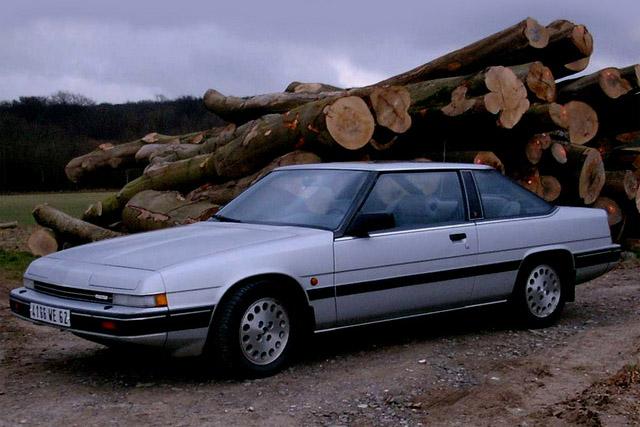
It wasn’t just the lack of a six that made the 929 an imperfect flagship, as it was a bit tight inside for what was ostensibly a Cressida rival. The sedan and coupe shared the same 2615mm wheelbase.
The introduction of unleaded fuel in 1986 saw numerous vehicles lose power as their manufacturers revised their engines to accept the cleaner fuel. Mazda clearly saw its 929 couldn’t afford to lose any more power, and so finally introduced a flagship engine in Australia.
Turbocharging had been around since the 1960s but there was a lag before it took off. Buick, Saab and Porsche had been the only major car brands to really invest in the technology in the 1970s, but the 1980s saw myriad automakers hop on the bandwagon. The Japanese in particular were big proponents of the technology, and that included Mazda.
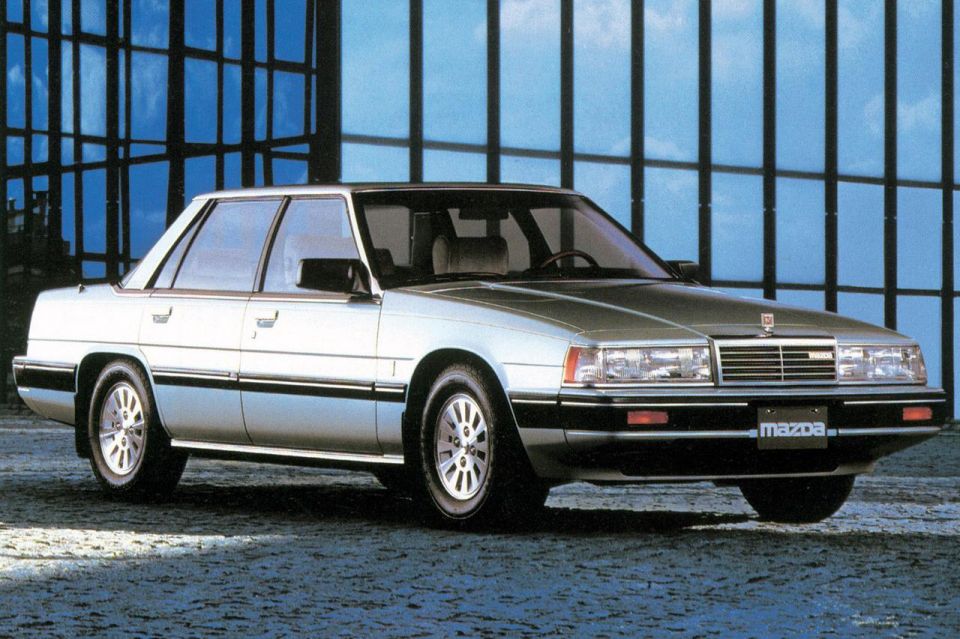
The 2.0-litre turbocharged four featured single-point fuel injection and produced 87kW. But it was only available with a five-speed manual transmission, and only in up-spec Luxury trim.
The turbo came too late to really make much of a difference. A new generation of Luce entered production in 1986 (the Cosmo name took a leave of absence and returned on a flagship coupe in 1990), and though a rotary engine continued to be offered in Japan, the big news was a new V6 engine.
That allowed Mazda to finally offer the vehicle in North America, though whether because of that or for some other reason, the Luce would lose its distinctive styling for a rather generic if upscale look – even on the four-door “hardtop” sedan.
The 929 wasn’t the only Mazda to receive the gift of turbocharging.
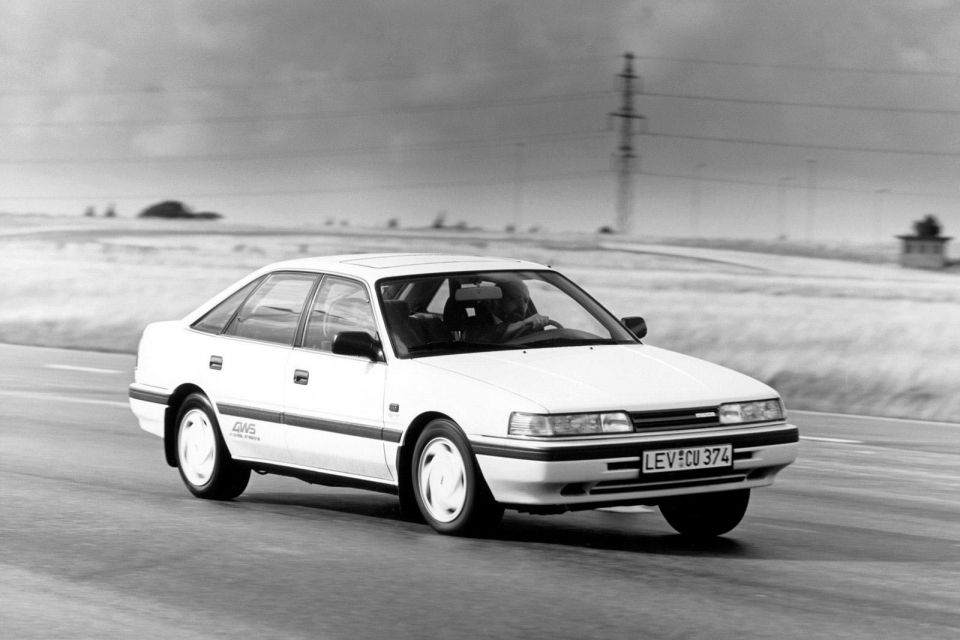
Perhaps the most famous turbocharged Mazda of the 1980s was the 323 Turbo 4WD, launched here in 1987 as part of a mid-life update for Mazda’s small car, which pumped out 100kW and 184Nm from a turbo 1.6-litre four-cylinder engine.
With Japanese automakers going turbo mad in the 1980s, it’s perhaps not surprising Mazda chose to give its mid-sized models a boost. An 87kW turbocharged 2.0-litre four appeared in the twilight years of the GC-series 626, available in sedan, coupe and hatchback body styles.
For the following generation of 626, an even more powerful turbo engine appeared. The 626’s coupe spinoff, now renamed MX-6, was introduced in 1987 and offered exclusively in Australia with a turbocharged 2.2-litre four-cylinder engine producing 108kW of power and 258Nm of torque.
Mazda also chose to put this engine in a single, highly specified hatchback version of the 626; the rebadged Ford Telstar also received this engine.
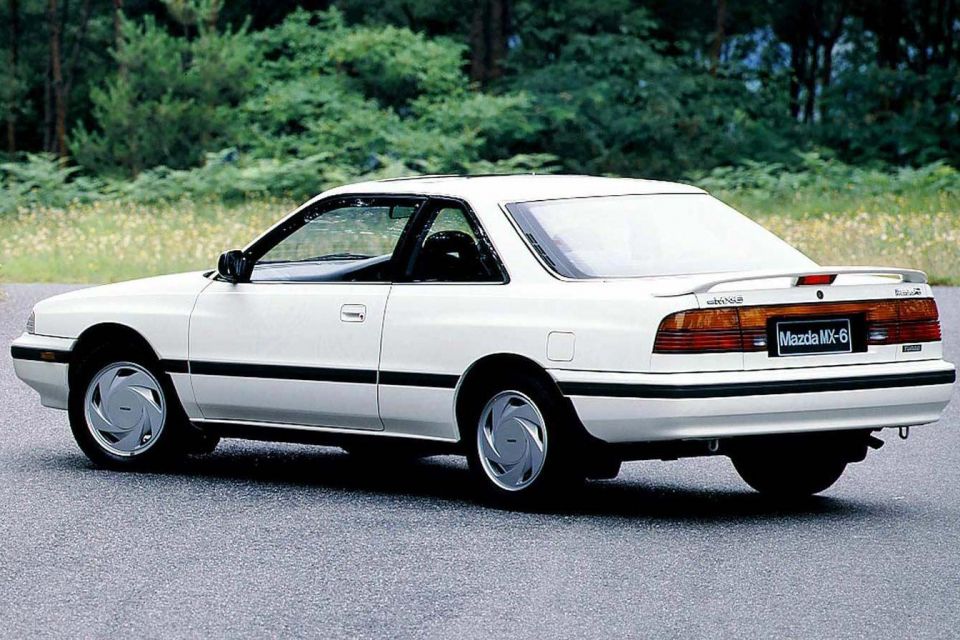
Sadly, there was no four/all-wheel drive variant available of either the MX-6 or 626 turbos, much like today where you can buy a turbocharged, all-wheel drive version of the Mazda 3 (though sadly not in Australia) but the same engine comes only with front-wheel drive in the Mazda 6.
All-paw traction could be had in the 626 overseas, much as it’s offered in today’s 6 in other markets, but it wasn’t made available here.
Turbocharging had quickly become popular among Japanese brands in the 1980s, and four-wheel steering was enjoying a moment in the sun, too. Honda debuted its third-generation Prelude with the feature here in 1987, and by 1989 Mazda had introduced 4WS versions of the turbocharged MX-6 coupe and 626 hatchback.

While the Prelude featured a mechanical 4WS system, the Mazdas used an electronic set-up with sensors, an extra steering shaft to the rear of the car, a power cylinder which turned the wheels, and a phase control unit which determined the direction.
A criticism of the turbocharged MX-6 and 626 was that they had too much power for their chassis, with rampant torque steer. Contemporary reviews found the 4WS system helped improve dynamics, feeling more stable at speed, though torque steer remained a bugbear. Interestingly, the MX-6 in both 2WS and 4WS guise used the same suspension tune as corresponding US-market models, and this was firmer than the European tune.
The MX-6 4WS also received changes to its spring and damper rates, as well as other modifications, like a revised front steering rack, to accommodate the 4WS components. At speeds over 35km/h, the rear wheels were steered with the front ones, while at lower speeds they turned in a different direction.
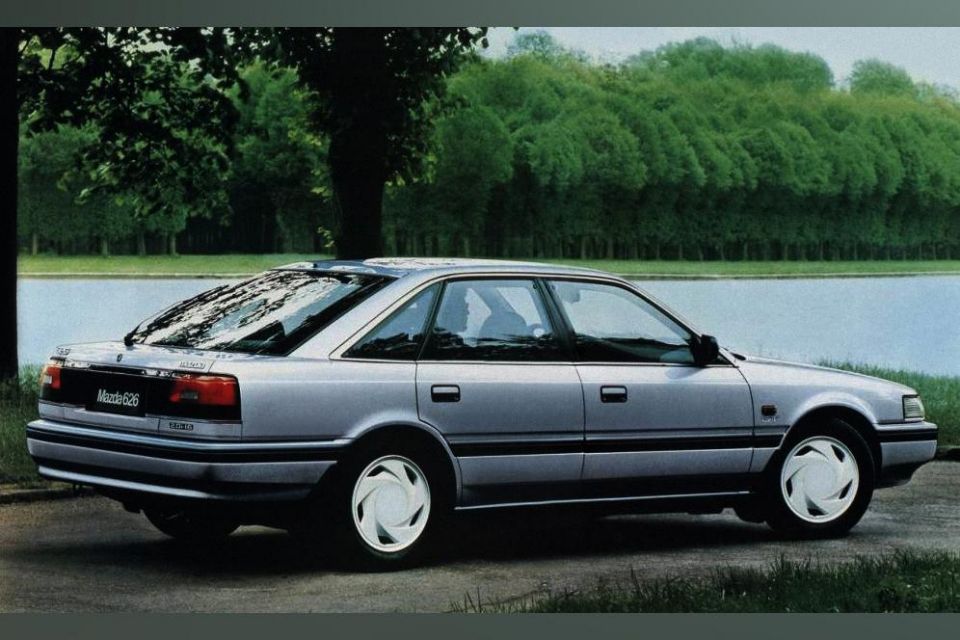
The 626 4WS was available only with a four-speed automatic, while the MX-6 offered a choice of the auto or a five-speed manual. Both models featured four-wheel independent suspension and relatively slippery drag coefficients (0.32 in the MX-6, 0.33 in the 626).
Mazda had belatedly introduced a six-cylinder engine, with a V6 finally appearing in the 929 in 1987. In the 1990s, it would wholeheartedly embrace the bent-six, rolling out tiny 1.8-litre and 2.0-litre V6s plus a 2.5-litre V6 in the next-generation 626 and second-generation MX-6.
While four-wheel steering would continue to be offered on these models as well as the slinky 929, when the next-generation 626 and MX-6 appeared, turbocharged engines were nowhere to be found.
Stay tuned for part two, where we look at some forgotten Mazdas from the 1990s and 2000s.
MORE: 10 Nissan and Datsun vehicles you may have forgotten: Part I MORE: 10 Nissans you may have forgotten: Part II MORE: 10 Chryslers you may have forgotten about MORE: 10 Fords you may have forgotten about MORE: 10 Holdens you may have forgotten about
Where expert car reviews meet expert car buying – CarExpert gives you trusted advice, personalised service and real savings on your next new car.
William Stopford is an automotive journalist with a passion for mainstream cars, automotive history and overseas auto markets.


William Stopford
4 Hours Ago
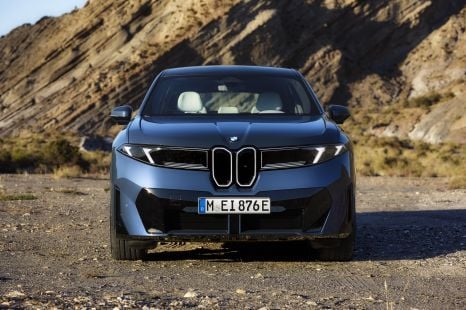

William Stopford
20 Hours Ago
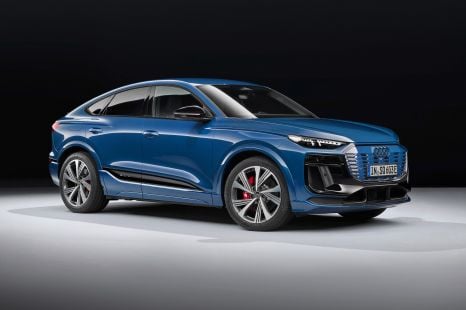

William Stopford
20 Hours Ago
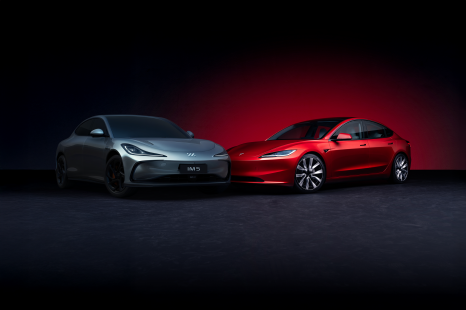

Andrew Maclean
21 Hours Ago


Derek Fung
21 Hours Ago
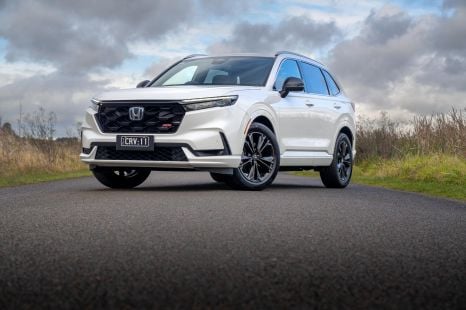

Andrew Maclean
21 Hours Ago